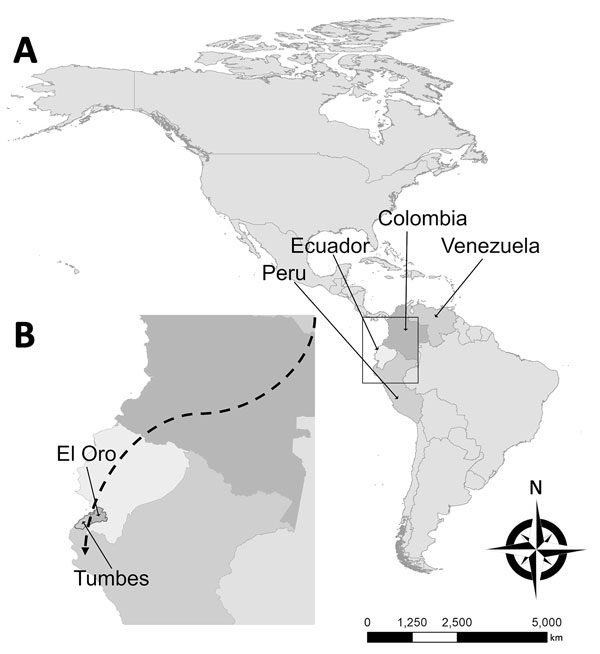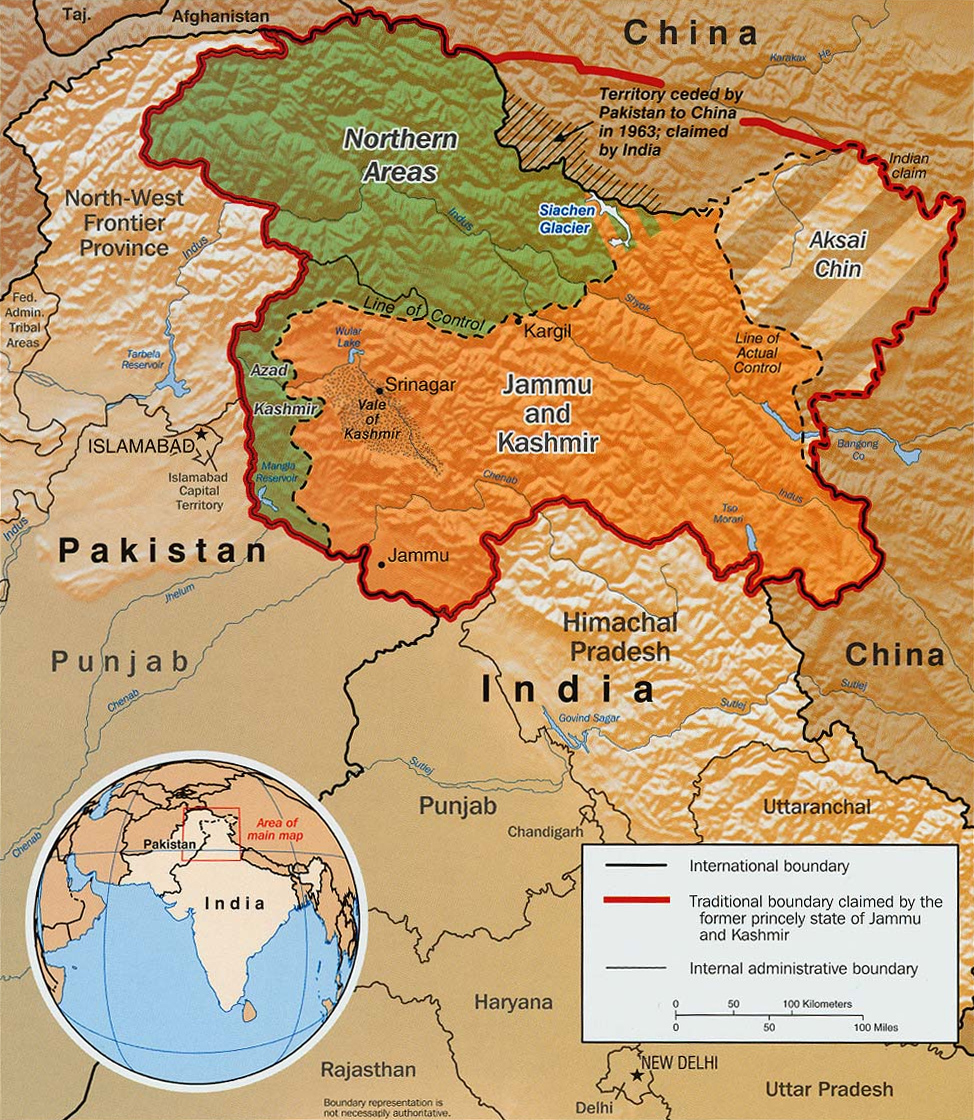Archive for the ‘Conflict’ Category
The humanitarian crisis in Yemen continues
Tuesday, July 2nd, 2019“The United Nations Children’s Fund (UNICEF) said….that essential services in Yemen are on the verge of total collapse as the war enters its fifth year. It added that only 51 per cent of the country’s health facilities are still working in full, although they suffer from a severe shortage of medicines, equipment and staff.
“As the conflict in Yemen enters its fifth year, the salaries of more than 1.25 million government employees, including doctors, social workers and other public sector workers, have been suspended for more than two and a half years” the organization said in a report, explaining that the suspension has led to the closure or reduction of working hours of vital facilities such as health facilities, schools, water and sanitation facilities and other essential social services…..”
A record 70.8 million people had been forcibly displaced by war, persecution and other violence worldwide at the end of 2018
Saturday, June 22nd, 2019The humanitarian crisis in Yemen continues…..Yemen Snapshots: 2015-2019
Friday, June 21st, 2019Crisis In Yemen : Document 2019
“…….The Scale of the Conflict:
- ACLED (Armed Conflict Location & Event Data) records over 91,600 total reported fatalities from the start of 2015 to the present
- Approximately 17,100 were reported in 2015; 15,100 in 2016; 16,800 in 2017; 30,800 in 2018; and 11,900 in 2019 thus far
- More than 39,700 conflict events have been reported since the start of 2015
- Approximately 7,700 in 2015; 8,700 in 2016; 7,900 in 2017; 10,200 in 2018; and 4,900 in 2019 thus far
- Overall, 2018 is the war’s deadliest and most violent year on record
Impact on Civilians:
- ACLED records nearly 4,500 direct civilian targeting events resulting in approximately 11,700 reported civilian fatalities since 2015
- Approximately 4,500 reported fatalities in 2015; 2,200 in 2016; 1,900 in 2017; 2,400 in 2018; and 600 in 2019 thus far
- 2015 is the deadliest year for direct anti-civilian violence on record, with almost twice the number of reported fatalities recorded during 2018, the second-most lethal year
- The Saudi-led coalition and its allies remain responsible for the highest number of reported civilian fatalities from direct targeting, with over 8,000 since 2015…..”
6/6/1944: 155,000 Allied troops–Americans, British and Canadians–had successfully stormed Normandy’s beaches. Over 4,400 Allied soldiers died, as did between 4,000 and 9,000 German soldiers..
Thursday, June 6th, 2019Charting an Ethical Course in Providing care Within Global Areas of Conflict
Wednesday, May 1st, 2019Ethical Challenges in Humanitarianism during Violent Situations
Reality Makes Our Decisions: Ethical Challenges in Humanitarian Health in Situations of Extreme Violence
Report and recommendations: a collaboration among Center for Public Health and Human Rights, Center for Humanitarian Health, Johns Hopkins Bloomberg School of Public Health | International Rescue Committee | Syrian American Medical Society
“…….The ethical principles include respect for persons (i.e., respect for human dignity and for individuals’ autonomous choices), beneficence (the promotion of others’ well-being), non-maleficence “do no harm”, and justice (in both fair distribution of resources and fair processes for decision-making). These four principles, can be adapted to the provision of health care to communities, though how the principles are weighed and applied might differ…..”
Political Instability in Venezuela and Malaria Resurgence
Friday, March 22nd, 2019Jaramillo-Ochoa R, Sippy R, Farrell DF, Cueva-Aponte C, Beltrán-Ayala E, Gonzaga JL, et al. Effects of Political Instability in Venezuela on Malaria Resurgence at Ecuador–Peru Border, 2018. Emerg Infect Dis. 2019;25(4):834-836. https://dx.doi.org/10.3201/eid2504.181355

Probable migration route of imported malaria cases described in study of effects of political instability in Venezuela on malaria resurgence at the Ecuador–Peru border, 2018. A) Locations of the 4 countries along the migration route in South America; B) El Oro Province and Tumbes Region on the Ecuador–Peru border. The city of Huaquillas, Ecuador, is 70 km southwest of Machala, the location of the single autochthonous malaria case in this province. Huaquillas is the primary border crossing from Ecuador into Peru. Tumbes, the source of the 3 autochthonous cases in Peru, is the capital of Tumbes Region and is 22 km from the border. Dashed line in panel B broadly denotes the migration route taken from Venezuela through Colombia and Ecuador to Peru. Note the proximity of these countries and additional potential malarial resurgence through migration to Central America, the Caribbean, and the United States.
Hezbollah’s Precision Missile Project : February 2019 Document
Sunday, February 24th, 2019Precision Missiles : Document
European countries have been critical of Iranian missile tests but a more urgent and alarming regional threat is Iran’s project to upgrade Hezbollah missiles into precision guided missiles. These would enable the Lebanese group to accurately target critical Israeli infrastructure and constitutes a significant threat to Israel’s security.
• The Hezbollah Precision Missile project is a test case that could be replicated. After infrastructure has been put in place, evidence suggests that missiles can be converted into precision guided missiles in just a few hours at a cost of $5,000- $10,000. Iran has already attempted to utilise this technology for its Houthi allies in Yemen, a move which could put US bases in the Gulf under significant risk.
• Iran sought originally to deliver advanced precision missiles to Hezbollah in Lebanon via Syria, with these efforts intensifying during the Syrian civil war. Israel declared that the supply of such weapons was a ‘red-line’ and has carried out air strikes to prevent them reaching Hezbollah by targeting storage facilities, weapons convoys, and research and production facilities in Syria.
• As a result, Iran launched a new initiative to fit GPS guidance packs onto ‘dumb’ medium range Zelzal 2 missiles, of which Hezbollah is thought to possess 14,000 and which are already located in Lebanon. Relevant components are transported from Iran to factories in Syria and Lebanon, either by land, or by air via Damascus, using civilian aircraft.
• Once in the factory, an existing section of the Zelzal 2 is removed and replaced with a new section which includes a GPStype navigation system; a command and guidance system; and a control system (for applying guidance commands and steering the missile). This transforms the Zelzal 2 into something similar to a Fateh 110 missile.
• It is not clear how many precision missiles Hezbollah currently has, with estimates ranging from the low 20 to 200. But even a small number of missiles could do serious damage to Israel – which is a small, densely populated country with all its key industrial and critical infrastructure sites concentrated in a small number of locations. Hezbollah has already threatened to attack power stations, air force bases, the Haifa oil refinery, the nuclear reactor close to Dimona, and the ‘Kirya’ Ministry of Defence and IDF Headquarters in central Tel Aviv.
• Israel has been developing missile defence systems since the 1980s. Yet whilst the country’s capabilities are arguably the most comprehensive and capable in the world, they cannot provide hermetic protection. And with limited batteries available, Israel may be forced to make a choice between protecting critical infrastructure or population centres.
• Israeli decision makers face a dilemma over how best to counter Hezbollah’s Precision Missile project. Israel could launch a preemptive strike inside Lebanon to destroy missile factories, but this could trigger a wider conflagration with Hezbollah. In light of this, Israel is currently focused on issuing public warnings to Hezbollah and the Government of Lebanon including revealing secret intelligence to maximise impact.
• The US and key European states including the UK, France and Germany can play an important role preventing an escalation in Lebanon. One option would be to publicly warn Hezbollah and the Lebanese Government that they are aware of the precision project and to make clear that the project is a direct violation of UN Security Council Resolution 1701. If these warnings fail to make an impact then they should consider initiating tough sanctions against those involved in the project from Hezbollah and the IRGC.




